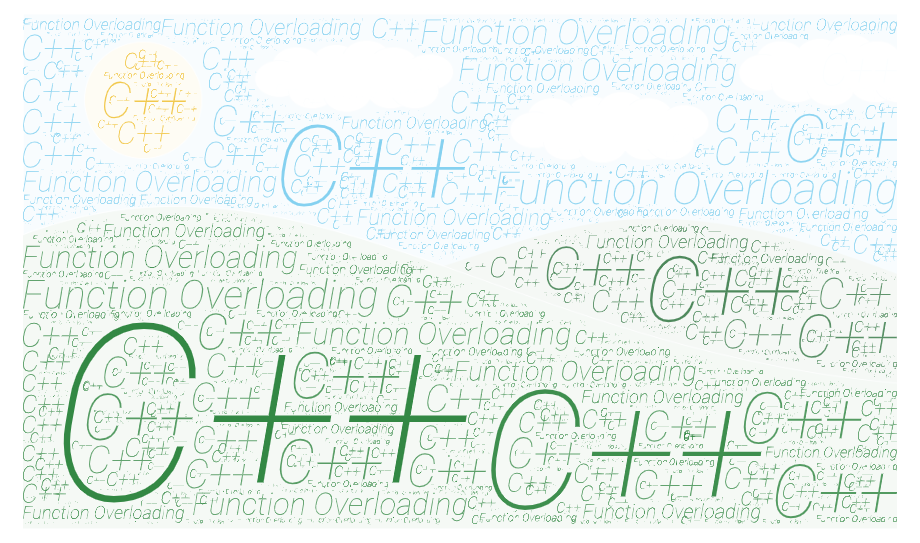Collission detection and Recovery in Ethernet
Ethernet data transmission enabled by TCP/IP is a best-effort delivery method. i.e the sender is given no information about whether the data packets were received by the receiver or not. The hosts in the Ethernet participate in data communication over the common Ethernet bus by a process of carrier sense multiple access with collision detection (CSMA/CP) to avoid network congestion and collisions.
Network collisions could often occur ethernet since, when a transceiver begins transmission, the signal does not reach all parts of the network simultaneously, but with a speed of 80% of speed of light. Due to this, it is possible for two transceivers to both sense that the network is idle and begin transmission simultaneously, thus leading to scrambling of electrical signals leading to collision.
To avoid collision, each transceiver monitors or sense the cable before it starts transmission to see if any foreign signal is present on the cable by the process of carrier sense and collision detection. When a collision is detected, the corresponding host Ethernet interface card aborts the transmission for some time and tries again until it has a chance to start its transmission. Now, to avoid situations when transceivers tries to busily to transmit and every transmission causes a collision, ethernet employ a binary exponential back off policy where a sender delays its transmission a period of time when it has detected a collision for the first time, a period of 2t it encounters collision in the 2nd attempt,4t if it encounters collision in the 3rd attempt and so on. Such a method avoids collision and severe traffic jams.
